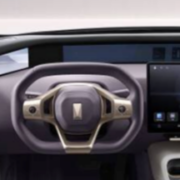Cameras Replace Side Mirrors – CMS Competition among Global Automakers
With the technological advancement of the automobile industry, the importance of the Camera Monitoring System (CMS) is gradually increasing. This technology, which replaces existing side mirrors, provides the advantage of securing a wider field of vision for the driver and improving the design and aerodynamic performance of the vehicle. CMS captures the surroundings in real time through high-resolution cameras installed outside the vehicle and transmits this to the display inside the vehicle, helping the driver to recognize the surroundings without blind spots. It provides excellent visibility even in driving environments such as night or bad weather, which leads to improved overall driving safety.
CMS also reduces the air resistance of the vehicle by eliminating the outside mirror, thereby increasing fuel efficiency and contributing to reducing carbon emissions. There is an analysis that the introduction of CMS can lead to a fuel saving effect of up to 1.5% for large commercial vehicles. Despite these technological advantages, there are still several challenges to the spread of CMS. First, securing the durability and reliability of the camera and display is essential, and thorough quality control and testing are required because a failure or malfunction of the system can have a fatal impact on the driver’s field of vision. In addition, drivers accustomed to traditional side mirrors may take time to adapt to the new display-based viewing method, and user education and development of linkages with driver assistance functions must be carried out in parallel. In addition, the fact that legal standards and safety regulations in each country are not yet completely unified is also acting as an obstacle to the spread of the industry.
In this trend, CMS technology was highlighted as one of the key technologies that many global companies paid attention to at the recent ‘Shanghai Auto Show 2025’. This exhibition introduced a variety of CMS-related technologies, and it was evaluated as a place to show the future direction of vehicle design and driving environment.
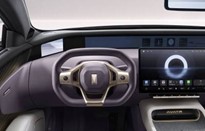
AVITA 12
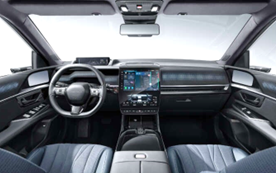
Honda Ye GT
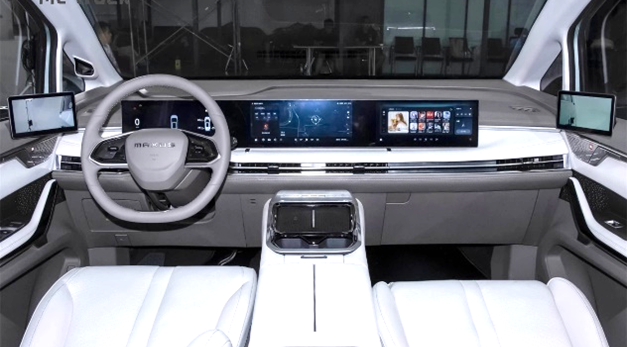
SAIC Maxus MIFA 7 EV
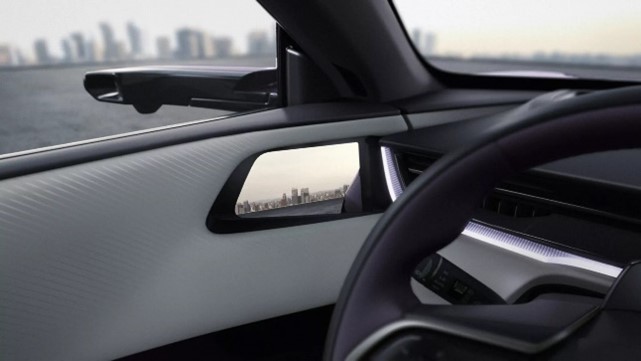
Mazda EZ-60
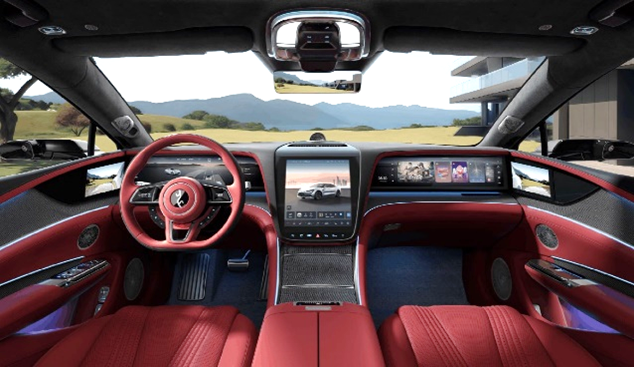
BYD U7
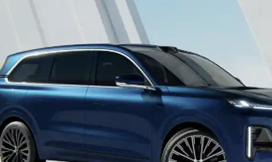
Changan Deep Blue S09
Chang Wook HAN, VP/Analyst, UBI Research(cwhan@ubiresearch.com)


